Alef Aeronautics first flying car in Europe: will it come to Thailand?
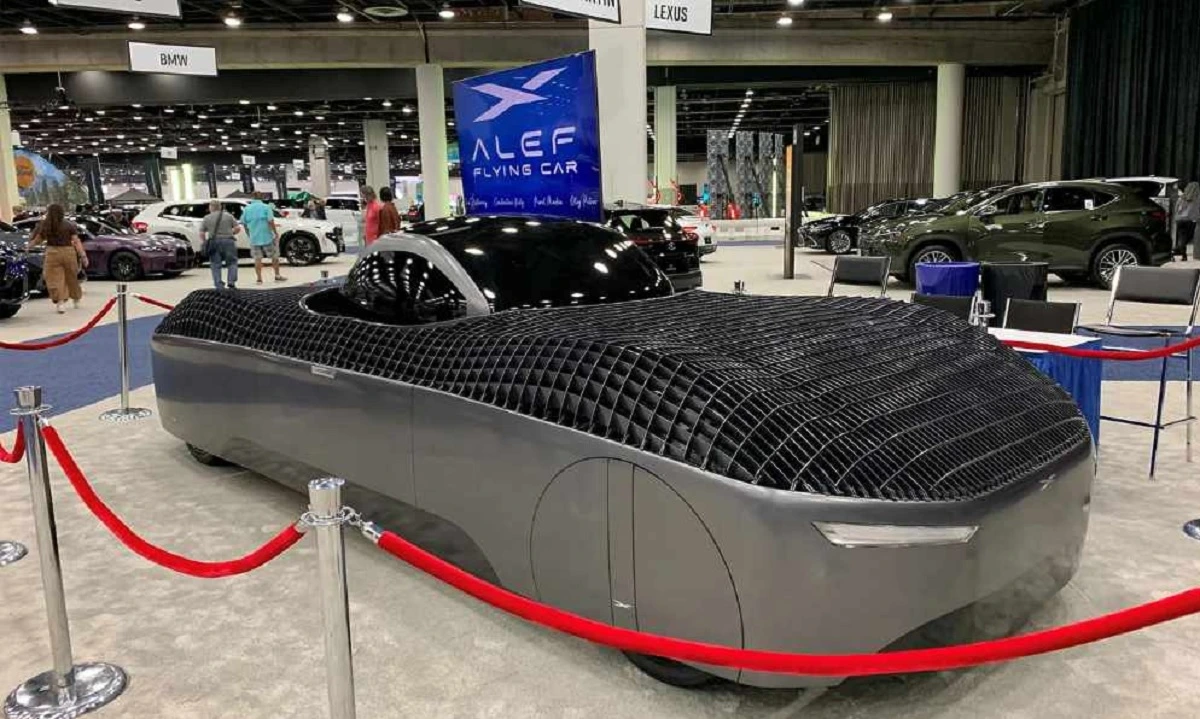
Imagine zipping through the skies, bypassing morning traffic jams and arriving at your destination in record time. This is not a scene from a sci-fi movie, it’s now a reality. Europe has just approved its first flying car, marking a monumental leap in transportation history.
As someone who’s always on the lookout for cutting-edge innovations, you will find this development thrilling. The approval of the first flying car in Europe paves the way for a future where air travel becomes as routine as driving to work.
Developed by Alef Aeronautics, this innovative vehicle combines the capabilities of a car and an aircraft, promising to revolutionise urban mobility. This article explores the details surrounding the Alef Model A, its development journey, technical specifications, regulatory achievements, and its implications for the future of transportation.
The vision behind Alef Aeronautics
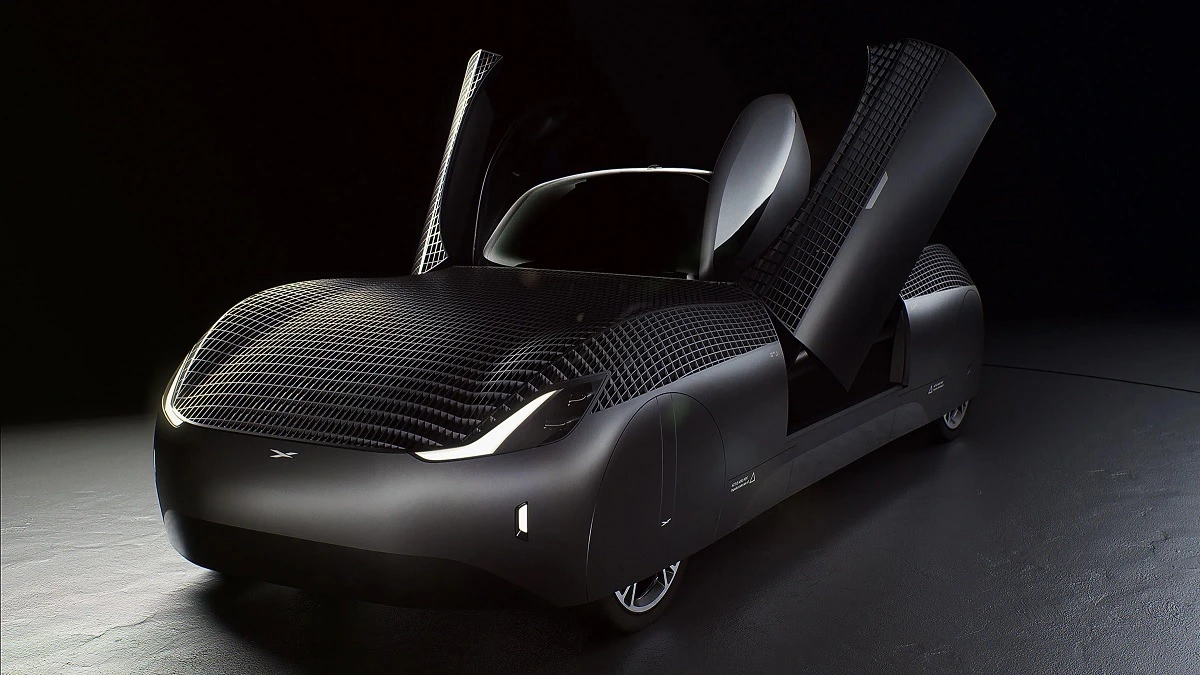
Alef Aeronautics was founded in 2015 in Santa Clara, California, with a vision to revolutionise personal transportation through the creation of a flying car. The founders aimed to develop a vehicle that could seamlessly transition between driving on roads and flying in the air, addressing urban congestion and providing faster commuting options.
The journey of the Alef Model A began in 2016 when the company built its first subscale prototype. This prototype was designed to meet specific constraints, including functionality as a real car while also possessing vertical takeoff capabilities. Over the years, Alef has invested heavily in research and development, culminating in the unveiling of the Model A prototype in October 2022.
Technical specifications of Alef Model A
The Alef Model A boasts a unique design that integrates advanced technology for both driving and flying. Below are key technical specifications:
| Specification | Details |
|---|---|
| Weight | Approximately 850 pounds (385 kg) |
| Driving Range | 200 miles (322 km) |
| Flying Range | 110 miles (177 km) |
| Speed | Up to 110 mph (177 km/h) in flight; 35 mph (56 km/h) on roads |
| Power Source | Fully electric with eight propellers |
| Passenger Capacity | One or two individuals |
Design features
The design of the Alef Model A is both futuristic and functional:
- Aerodynamic Shape: The vehicle features a sleek body that enhances airflow during flight.
- Vertical Takeoff and Landing (VTOL): The Model A is equipped with eight propellers integrated into its body, allowing for vertical takeoff and landing.
- Compact Size: It can fit within standard driving lanes and parking spaces, making it practical for urban environments.
Safety features
Safety is paramount for any flying vehicle. The Alef Model A includes several advanced safety features:
- Flight Stabilistion Systems: Ensures stable flight conditions.
- Obstacle Detection: Helps navigate around potential hazards during flight.
- Emergency Parachute System: Provides an emergency landing option if necessary.
Regulatory milestones
Special airworthiness certification
In June 2023, Alef Aeronautics achieved a significant milestone by receiving a Special Airworthiness Certification from the U.S. Federal Aviation Administration (FAA). This certification allows Alef to conduct road and air testing under specific conditions set by regulators.
This achievement is particularly noteworthy as it marks the first time a flying car has received legal approval from the U.S. government for air operations. According to Jim Dukhovny, CEO of Alef Aeronautics: “We’re excited to receive this certification from the FAA. It allows us to move closer to bringing people an environmentally friendly and faster commute.”
European launch plans
While initial certification was granted in the U.S., Alef has plans to launch the Model A in Europe as well. The company aims to begin production by late 2025, with deliveries expected shortly thereafter. Pre-orders have already begun, reflecting strong interest from consumers.
Market readiness and consumer interest
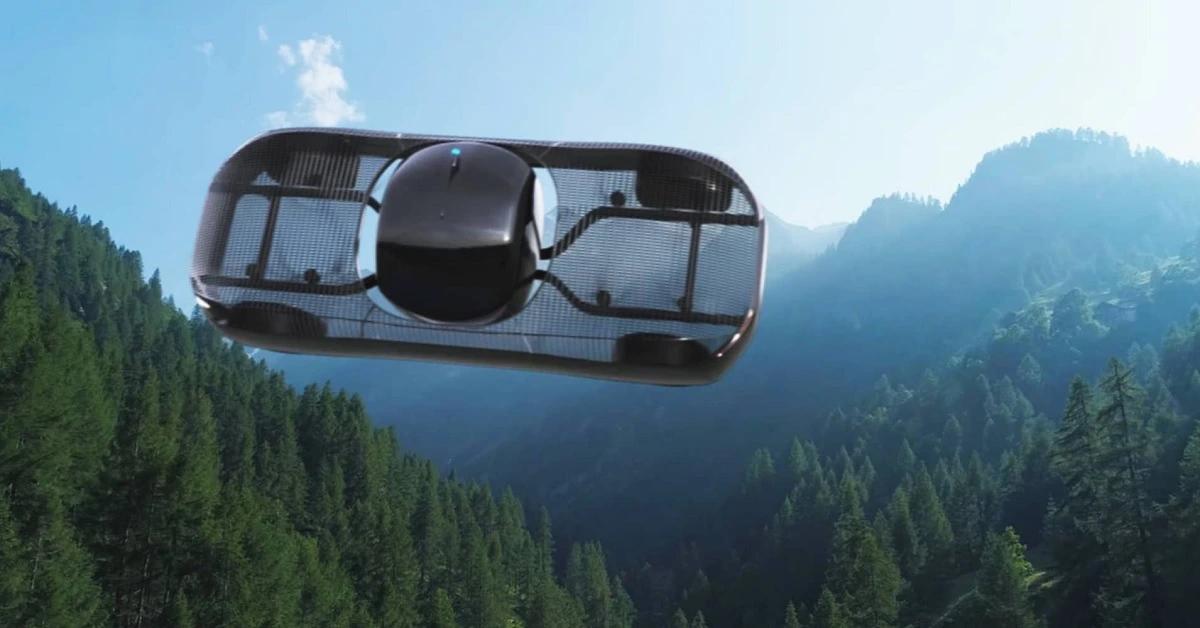
Pre-orders and pricing
The Alef Model A is available for pre-order at a starting price of $299,999 (approximately 9734967.55 THB). Customers can reserve their spot with a token amount of $150 (approximately 4867.50 THB) for the general queue or $1,500 (approximately 48675 THB) for priority queue 13. By late 2022, Alef reported over 440 reservations for the Model A, indicating strong consumer interest in this groundbreaking vehicle.
Future models
In addition to Model A, Alef Aeronautics is also developing additional models aimed at expanding their product line. One such model is the Alef Model Z, a four-person sedan expected to debut in 2035 with an estimated price of $35,000(approximately 1135750 THB). This model aims to offer enhanced flying range capabilities while remaining affordable for consumers.
Implications for Urban Mobility
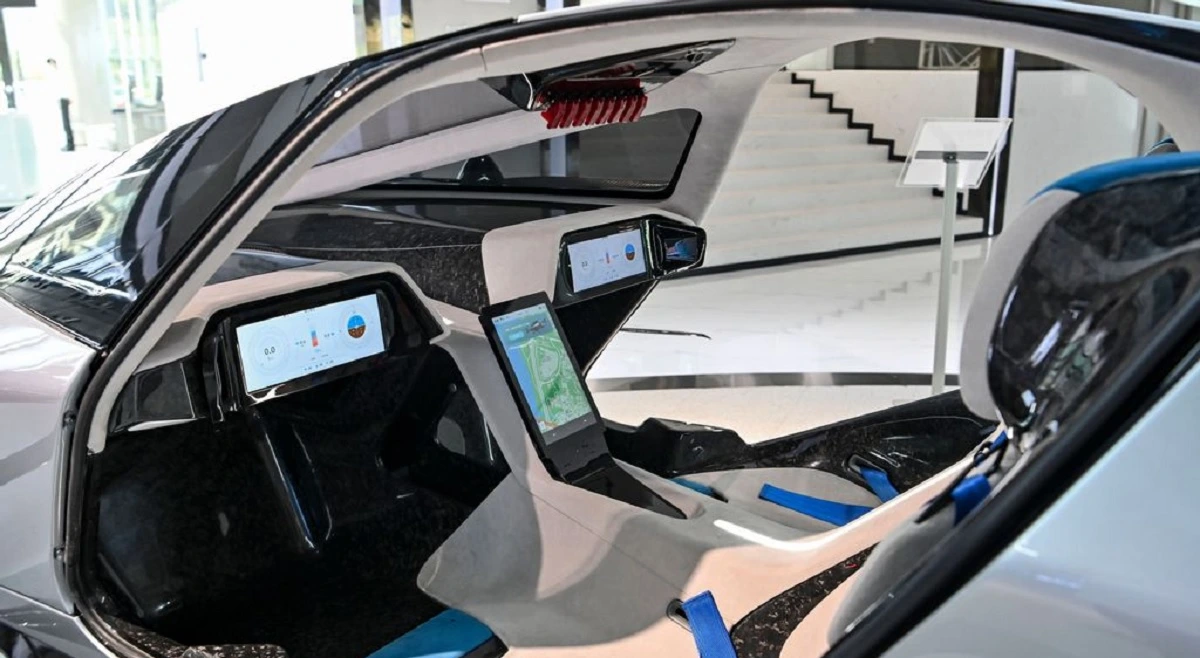
Alleviating traffic congestion
One of the most significant advantages of flying cars like the Alef Model A is their potential to alleviate urban congestion. As cities become increasingly crowded, traditional road networks face challenges that flying cars could help mitigate. By taking to the skies, these vehicles can bypass traffic jams and reduce travel times significantly.
Enhancing emergency services
Flying cars could also play a crucial role in emergency services. Medical responders could utilize these vehicles to reach patients quickly in hard-to-access areas, improving outcomes during critical situations. The ability to fly over traffic can be invaluable during emergencies when every second counts.
Infrastructure development needs
For flying cars to become mainstream, substantial investments in infrastructure will be necessary. This includes establishing designated landing zones within urban areas and developing air traffic management systems capable of integrating these new vehicles into existing airspace frameworks.
Public perception and acceptance
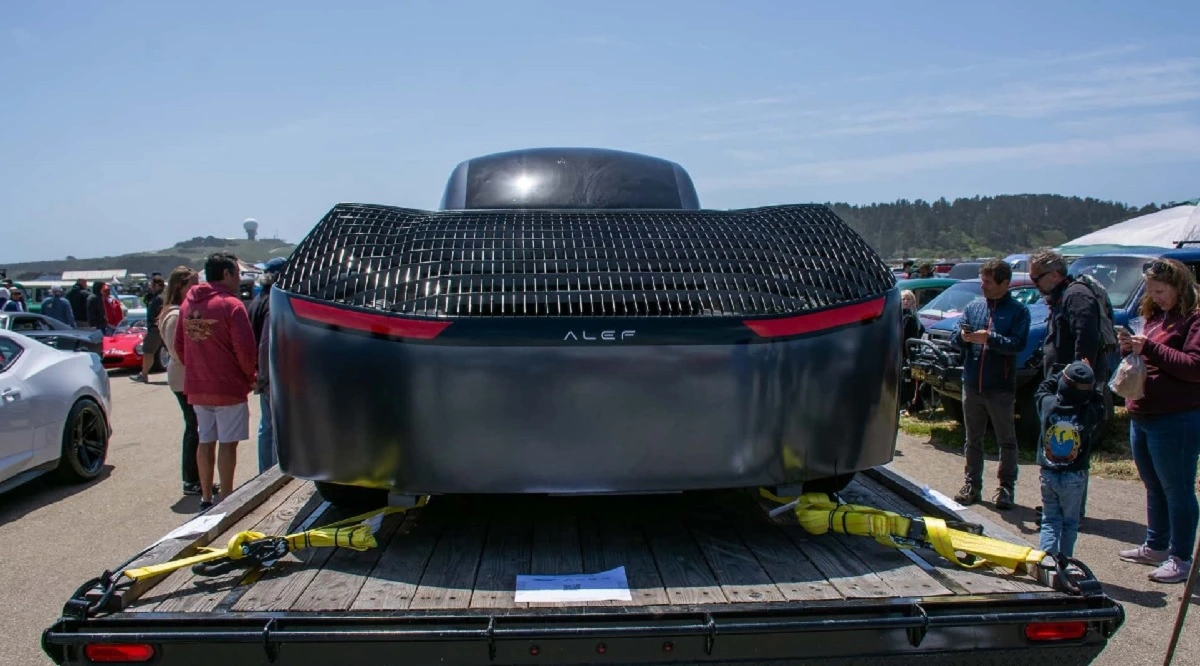
Changing attitudes toward flying cars
Public perception will be crucial for the acceptance of flying cars as viable transportation options. While many people are excited about their potential benefits, concerns about safety and regulatory compliance remain prevalent. Education campaigns highlighting safety measures and technological advancements will be essential in gaining public trust.
Challenges ahead
Despite their promise, flying cars face scepticism regarding their practicality as everyday vehicles. Critics point out limitations such as noise pollution, range constraints, and regulatory hurdles that must be addressed before they can be widely adopted.
The unveiling of the Alef Model A represents a pivotal moment in transportation history—a realisation of a dream long held by innovators and visionaries alike. As it approaches production readiness with plans for European launches by 2025, it stands at the forefront of a new era in personal mobility.
While there are challenges ahead—regulatory hurdles, public acceptance issues, and infrastructure needs—the potential benefits of flying cars are undeniable. They offer innovative solutions to urban congestion while enhancing emergency response capabilities.
As we look toward this exciting future where flying cars may become commonplace, it is essential to consider not only their technical feasibility but also their broader implications for society. The Alef Model A is not just a vehicle; it symbolises humanity’s relentless pursuit of innovation and freedom in transportation—a dream of finally taking flight.
































